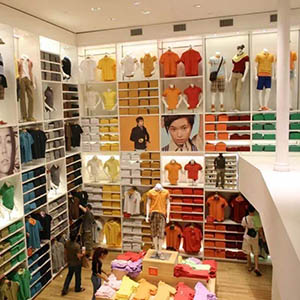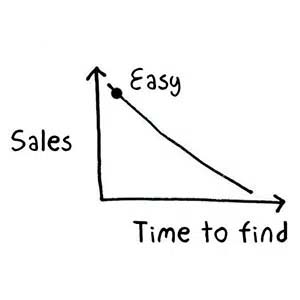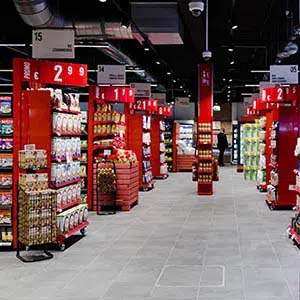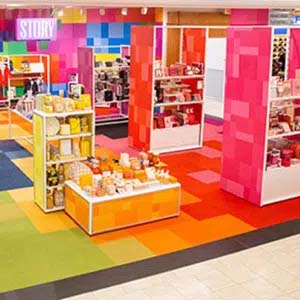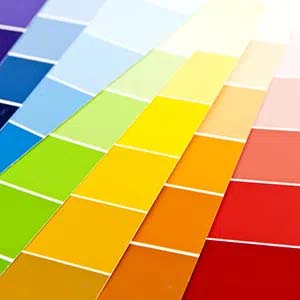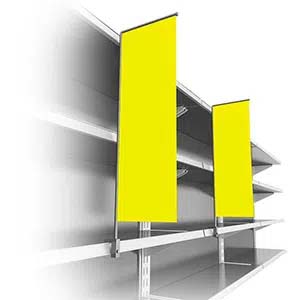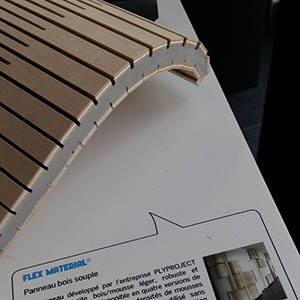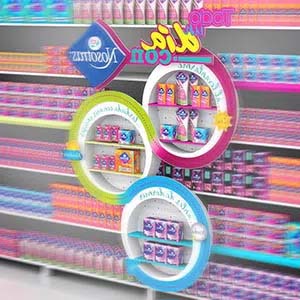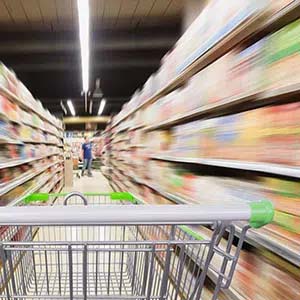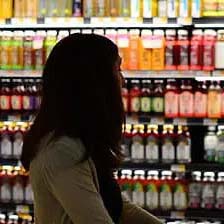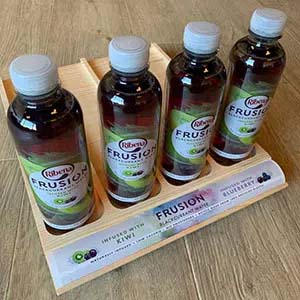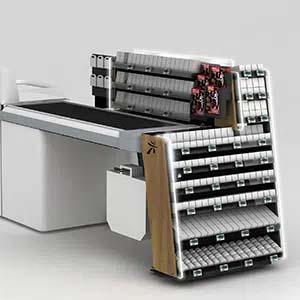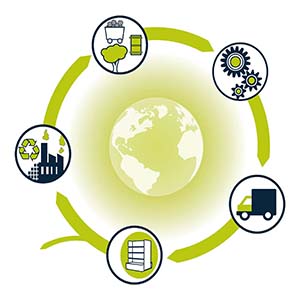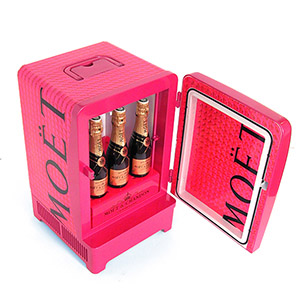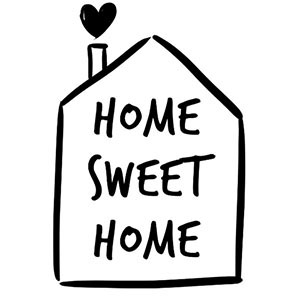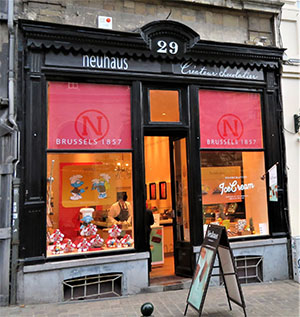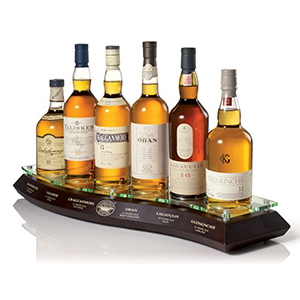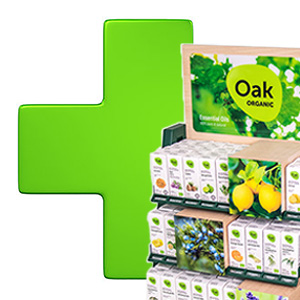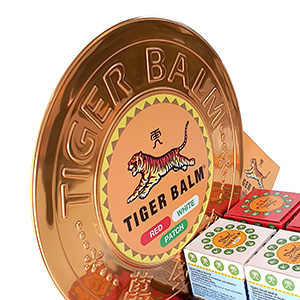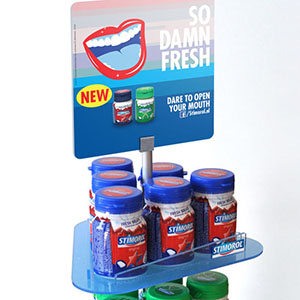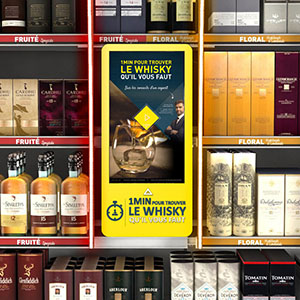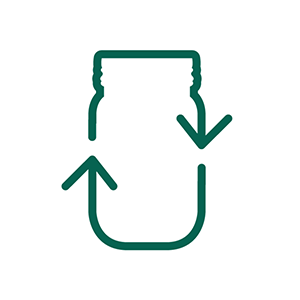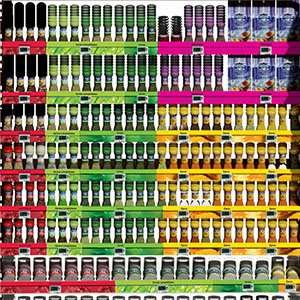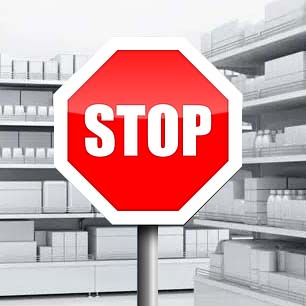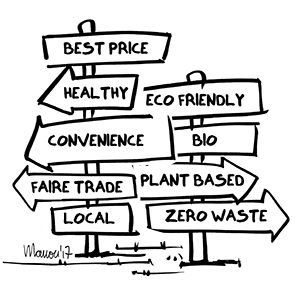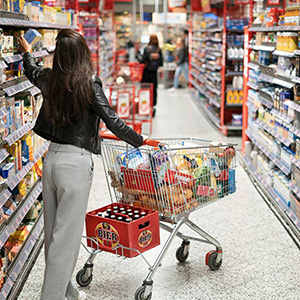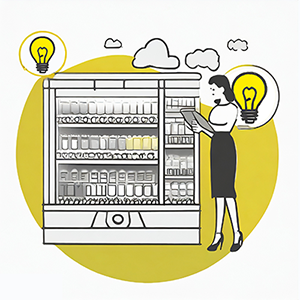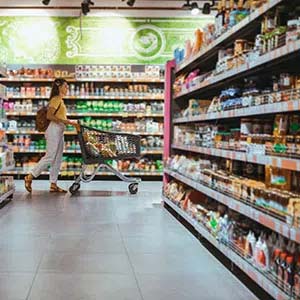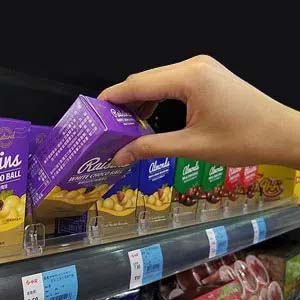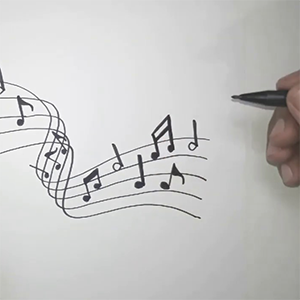How to create the perfect brief for your POP or display material
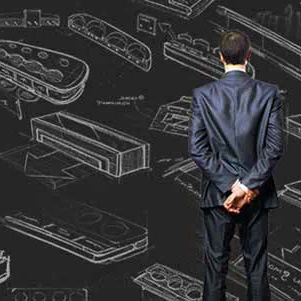
900 words — bh
#marketing #display #POS #briefing
In the competitive world of retail, where customer satisfaction is key, 100% made-to-measure POP or display materials are vital for making unique and memorable experiences.
Displaying, essentially a contextual solution, goes beyond just showing a product; it's like an art, breaking conventions, and paying attention to every detail to seduce, fascinate, and engage consumers. The only limit might be your POP partner's imagination.
The core idea of 100% made-to-measure POP material is to understand your project needs, expectations, and goals. Our creative teams and technical designers take time to get the specifics of your offering, brand, and identity, as well as your strategic vision. Using this information, they create a solution that seamlessly fits into your sales environment while conveying the essence of your offer and brand.
"For consumers, the point of sale is the preferred medium. It showcases an offer, helps shoppers make choices and, most importantly, it promotes the act of buying." — The POPAI Barometer (web link)
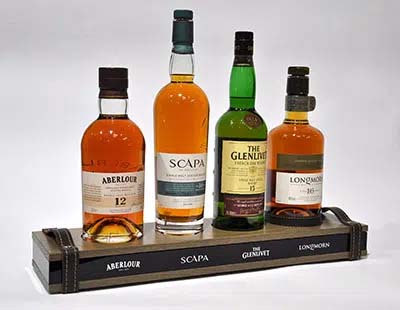 Display design is a meticulous process that starts with a thorough analysis of your needs, playing a
central role in the development process. Our teams then examine visual elements like shapes, materials,
colours, etc, and the arrangement of your range ... they anticipate how your customer will experience
your display material.
Display design is a meticulous process that starts with a thorough analysis of your needs, playing a
central role in the development process. Our teams then examine visual elements like shapes, materials,
colours, etc, and the arrangement of your range ... they anticipate how your customer will experience
your display material.
Immersed in your brand universe, they design solutions that go beyond just showing off products. They tell a story, evoke emotions, and create a lasting experience.
Every project, whether marketing or not, needs preparation. The foundation of any POP material, a unique solution, requires a good briefing – the necessary step at the project's beginning! Creating a good brief isn't easy, but by accurately defining the playing field for your POP partner, you'll save time, energy, and avoid disappointment.
Specializing in the design of commercial furniture, displays, and merchandising solutions intended for retail and stores, Pilotes offers 100% customized point-of-purchase materials tailored to the in-store projects of brands and retailers. Because we care about the climate and environment, we analyze the lifecycle of each project to avoid, reduce, and offset its impact 🌍🌿
Do you have a project planned? Contact us and let’s bring your vision to life together!
The design brief: a checklist
- Situation and context — Describe your organization, activities, and what you offer. Highlight what makes your product unique and how consumers can benefit from it. Share details about your brand identity, values, positioning, and competitors. Specify the graphic elements of your brand, like the logo, images, and graphic codes.
- Problem statement — Define the problem you want to address. Is it revamping an existing display or creating a new one? Evaluate the strengths and weaknesses of the current material. If it's a new design, explain the reasons behind it. Are you introducing a new product or brand? Explore opportunities and the strategic direction for the new concept.
- Target audience — Describe your target audience, their characteristics, and insights. Explain how you plan to reach them and where the material will be used (supermarket, convenience store, pharmacy, specialty shop, etc.). Identify the target department or location.
- Objectives and benefits — Do you want to inform, increase visibility, stimulate willingness to buy, promote market share, or guide customers? Clearly state the core message and why consumers should embrace it (brand promise). Specify the actions you want customers to take.
- Material details — Specify the type, size, and shape of the material. Specify the allocated space. Is it a floor-standing unit, countertop unit, aisle or wall unit, window display, shelving, retail fixture, or merchandising solution? Consider placement (1st or 2nd) and cross-merchandising.
- Durability — Determine how long the POP material will be used. Is it a one-off, temporary, promotional, semi-permanent, or permanent display?
- Products on display and other features — Describe your product range and its organization. Specify the planogram, including the number of facings per level, stock per reference, product dimensions, weight, etc.
- Retail environment and constraints — Detail the retail environment and any operational constraints related to logistics (delivery, packaging, palletising) or in-store operations (assembly, installation). Highlight technical or aesthetic conditions related to brand or products. Identify materials to avoid or prefer, drawing from previous experiences.
- Quantities and cost — Determine the quantities to produce and the associated costs. Specify if it's a one-time project or if multiple deliveries or production series are considered. Consider indirect costs.
- Timings — Establish the date of delivery, date of in-store installation, and other deadlines (internal meetings, trade fairs, etc.). Clearly state expectations for deliverables, such as creations, designs, and quotes.
Ideally, involve all areas of your business, including product and trade marketing, sales, logistics, and procurement. Crafting a comprehensive POP brief is crucial for the success of your display project, allowing your POP agency to guide you effectively through each step, ensuring a successful, quality, on-time, and within-budget rollout.
A project? A brief? A problem? Trust our team of professionals for 100%-made-to-measure POP solutions. Reach out today.
